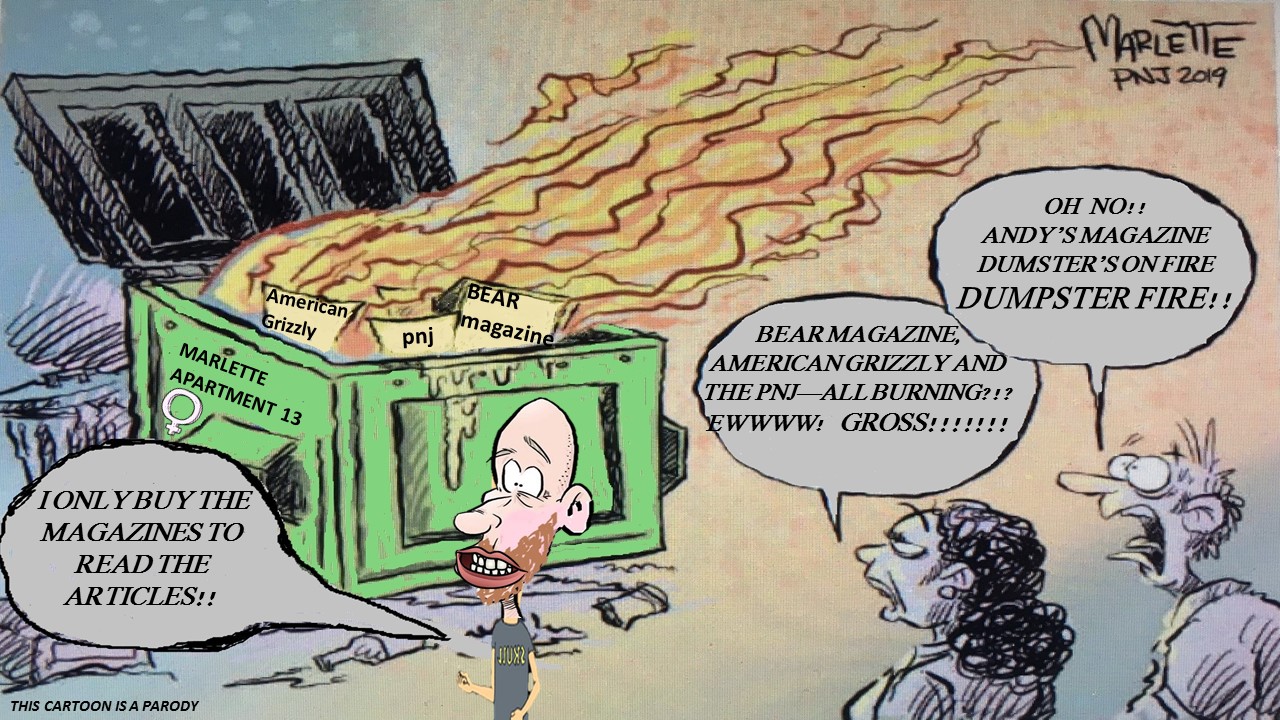A little less than one-third of all prepared food goes to waste in America at the retail and consumer level. This is a statistic that is widely known and
it is hard to believe. We are a rich
nation, yet many do not have enough to eat.
I see people daily on street corners and intersections in Pensacola panhandling
because they don’t have money for food.
How can this be?
At home I am relentless about minimizing food waste—after
all, I pay for the food and food is expensive.
“Eat all you want, but eat what you take, and do not take more than you
can eat” is my philosophy.
When eating out, I am astonished by what I witness in terms
of food being wasted.
I observed this same phenomenon when I spent many years in
the restaurant business, eventually owning my own restaurant in San Diego.
I see it in our schools, and lately I have heard horror
stories about the wasted food in our school district.
I am leaving the
school board in a few months; I am running for a different elected office. So, even
though I want to hear about and discuss community issues (drainage, unsafe
intersections, public safety, quality of life initiatives, lighted roadways,
etc. etc.) as I’ve been going door to door visiting more than seven thousand
homes-- the issue of food waste in schools has once again hit my radar screen from
teachers, students, and cafeteria workers of the Escambia County School
District.
As I have been going door to door, many school employees
tell me food waste is a huge concern.
One cafeteria worker that lives in Beulah recently told me
she was sickened by the waste. “I see
these children daily throwing away unopened, untouched milk, string cheeses,
apples and bananas. Many of them do not
have time to eat, and you would not believe how many untouched pop tarts go
right into the trash” she stated.
Several teachers I have met told me they simply wish
students could save unopened food items and have them for snacks later in the
day in the classrooms. “They won’t let us do that, they
won’t let the
teachers bring these unopened food items back to class for snack time” one exasperated third grade teacher I spoke with said.
teachers bring these unopened food items back to class for snack time” one exasperated third grade teacher I spoke with said.
So why not save the food that students will otherwise
discard?
Why not let the students make the choice to save unopened
but unwanted food to donate to a community food bank—instead of throwing such
perfectly good food into the trash can?
Other schools do this, and they make it a teachable moment at the same
time. Students are encouraged to eat all
they can/want, discard opened yet unused food, and if they want to, to place
unopened, unused food items in separate receptacles—for distribution to local food
pantries. To help others who are less
fortunate.
Food Recovery isbooming on college campuses nationwide---so can our local public schools help? Can we develop a program at some of our
schools (or all of them) to allow students the choice to upcycle
unwanted/unopened food products?
And Escambia County in general has a strong need for food
donations.
I believe we can do something in this arena if we have the
will to do it, so I’m bringing this concept to the June School Board workshop
to discuss it with my fellow board members.
Maybe this can be a win-win situation where food waste is
decreased and we help the homeless among us simultaneously. This would be an ideal outcome.








































No comments:
Post a Comment